Principles of Remote Sensing
Synopsis
Remote sensing is the small or large scale acquisition of information of an object or phenomenon, by the use of either recording or real time sensing device that are wireless, or not in physical or intimate contact with the object (such as by way of aircraft, spacecraft, satellite, buoy, or ship). In practice, remote sensing is the stand-off collection through the use of variety of devices for gathering information on a given object or area. Thus, Earth observation or weather satellite collection platforms, ocean and atmospheric observing weather buoy platforms, the monitoring of a parolee via an ultrasound identification system. Magnetic Resonance Imaging (MRI), Positron Emission Tomography (PET), X-radiation (X-RAY) and space probes are all examples of remote sensing.
In modern usage, the term generally refers to the use of imaging sensor technologies including: instruments found in aircraft and spacecraft as well as those used in electrophysiology and is distinct from other imaging related fields such as medical imaging.
There are two main types of remote sensing: passive remote sensing and active remote sensing. Passive sensors detect natural radiation that is emitted or reflected by the object or surrounding area being observed. Reflected sunlight is the most common source of radiation measured by passive sensors.
Examples of passive remote sensors include film photography, Infrared, charge-coupled devices and radiometers. Active collection, on the other hand, emits energy in order to scan objects and areas whereupon a sensor then detects and measures the radiation that is reflected or backscattered from the target.
This book will be of immense help to all those contemplating to acquire expert knowledge of Remote Sensing.
Read more
In modern usage, the term generally refers to the use of imaging sensor technologies including: instruments found in aircraft and spacecraft as well as those used in electrophysiology and is distinct from other imaging related fields such as medical imaging.
There are two main types of remote sensing: passive remote sensing and active remote sensing. Passive sensors detect natural radiation that is emitted or reflected by the object or surrounding area being observed. Reflected sunlight is the most common source of radiation measured by passive sensors.
Examples of passive remote sensors include film photography, Infrared, charge-coupled devices and radiometers. Active collection, on the other hand, emits energy in order to scan objects and areas whereupon a sensor then detects and measures the radiation that is reflected or backscattered from the target.
This book will be of immense help to all those contemplating to acquire expert knowledge of Remote Sensing.
42.30
38.07
$
47.00 $
Free delivery Wolrdwidе in 10-18 days
Ships in 1-2 days from New Delhi
Membership for 1 Year $35.00
Get it now and save 10%
Get it now and save 10%
BECOME A MEMBER

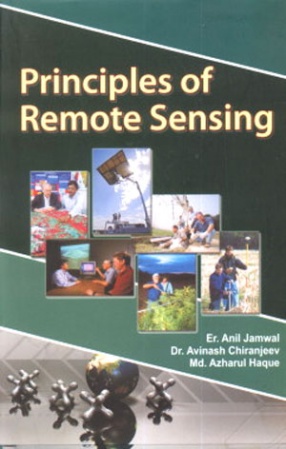
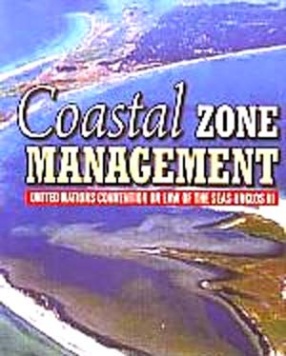
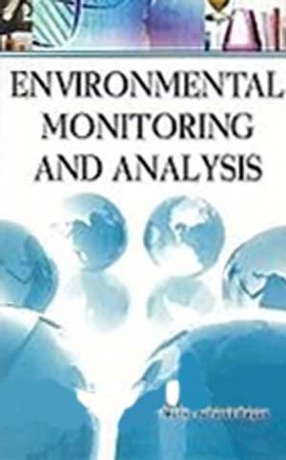
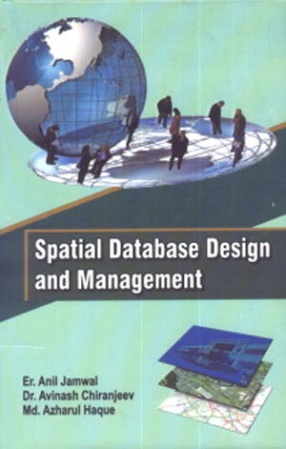
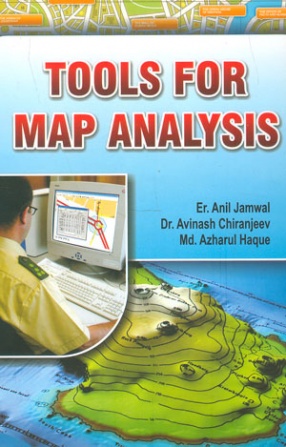
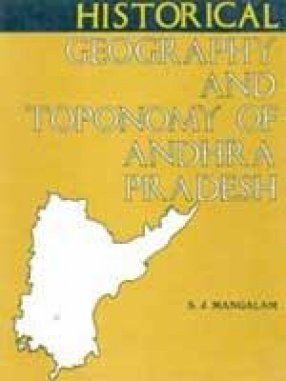

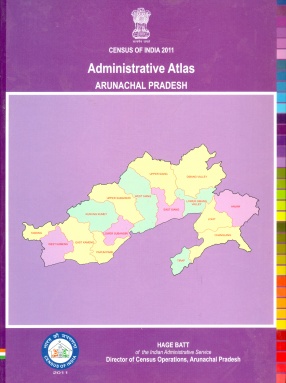
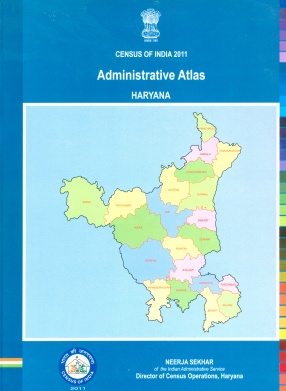

Bibliographic information
Avinash Chiranjeev
Azharul Haque